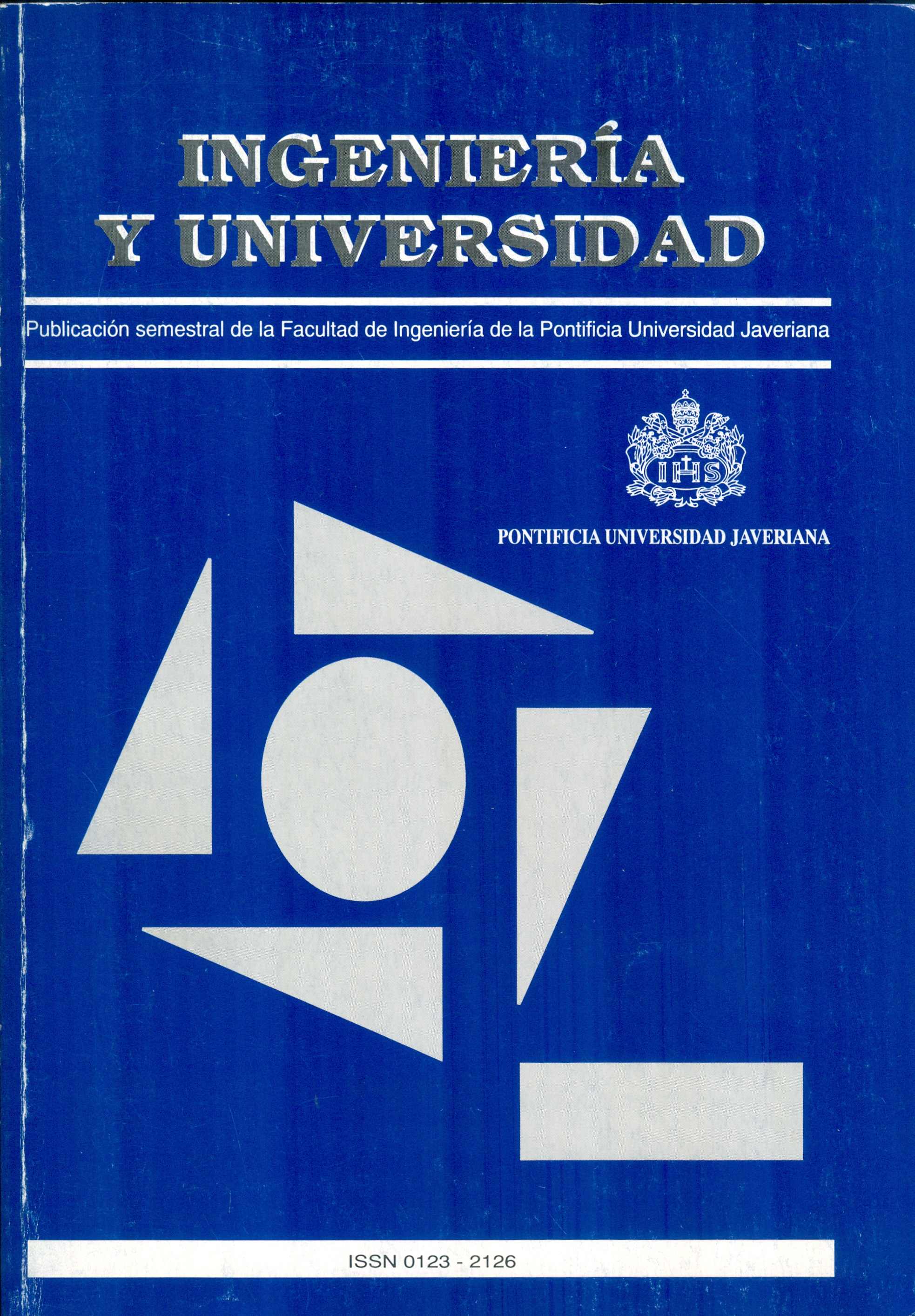Abstract
Conceptual maps are knowledge representation schemes in which concepts that Jorm a body of a thematic unit are organized in a structure according to the different levels of abstraction and inclusion. Conceptual maps arise from Novak's theory on meaningfullearning. This approach has been applied to other disciplines and at other educationallevels. In these approaches, conceptual maps closely resemble a one-to-one mapping Jrom sentences in a text to a graphical representation. This approach may simplify their elaboration at the expense of clarity and cumbersome knowledge retrieval. We have used conceptual maps for an undergraduate engineering course on Neural Networks using an object-oriented approach. This approach allows the definition oJ three types oJ concept relations: structural. Junctional and combinatorial. Reducing the number oJrelations between concepts and constraining their construction by a specific and limited set of rules lead the students to careJully analyze the study material. Besides, classroom activities are oriented to reinJorcement oJconcept learning by discussion. A further advantage is that the conceptual maps or networks can be directly translated into a computer language to build a knowledge base.
NOVAK, J.D.; Gowin, D.B., Aprendiendo a Aprender, Editorial. Martínez Roca, Barcelona, Spain (1988).
ONTORIA, A.; BALLESTEROS, A.; CUEVAS, C.; GIRALDO, L.; MOLINA, A.; RODRÍGUEZ, A.; VÉLEZ, U.; Mapas conceptuales: una técnica para aprender. Narcea S.A. Editores, Madrid, Spain (1995).

This work is licensed under a Creative Commons Attribution 4.0 International License.


